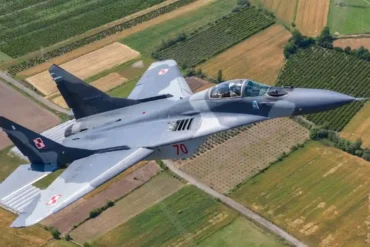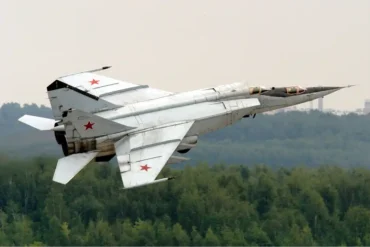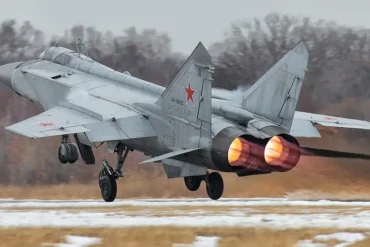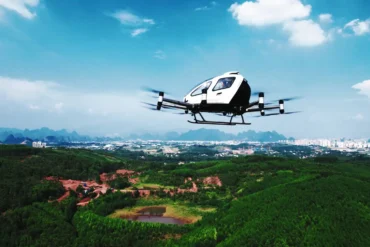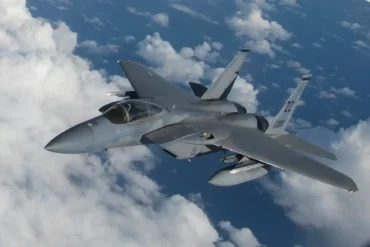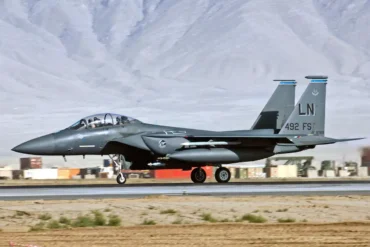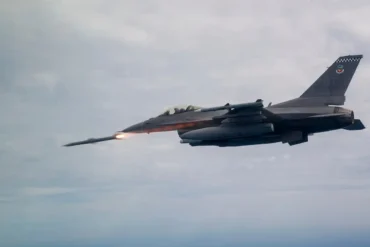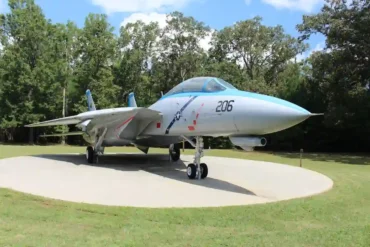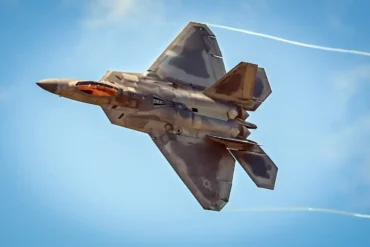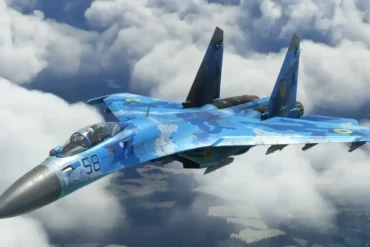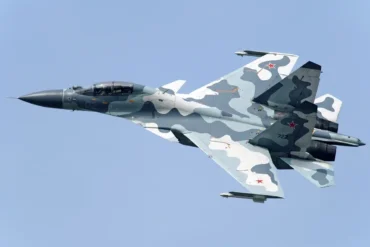The Mikoyan-Gurevich MiG-25 (NATO reporting name: Foxbat) is a legendary aircraft that was designed by the Soviet Union’s Mikoyan-Gurevich bureau. Known for its unparalleled speed and exceptional capabilities, the MiG-25 was a significant advancement in aviation technology during its time. Initially built for reconnaissance and interception, it became one of the most powerful and fastest planes of its era.
In this article, we will explore the cost of the MiG-25 across different time periods, from its original price in the 1970s to its modern-day equivalent cost, adjusted for inflation. Additionally, we will dive into the key features, specifications, and factors influencing the pricing of this iconic aircraft.
Introduction to the Mikoyan-Gurevich MiG-25
The MiG-25 was first introduced in the 1970s and quickly became a symbol of Soviet-era engineering prowess. This supersonic interceptor was capable of reaching extraordinary speeds, with a top speed of Mach 2.83 (3,000 km/h or 1,900 mph). Equipped with twin Tumansky R-15B-300 engines, it was designed to engage high-altitude targets at extreme speeds. The aircraft’s ability to carry out reconnaissance and air defense missions made it a formidable asset in the Cold War.
Key Specifications
- Manufacturer: Mikoyan-Gurevich
- Wingspan: 14.01 m (46 ft 0 in)
- Length: 23.82 m (78 ft 2 in)
- Height: 6.1 m (20 ft 0 in)
- Weight: Empty weight of 20,000 kg (44,092 lb); gross weight of 36,720 kg (80,954 lb)
- Maximum Takeoff Weight: 36,720 kg
- Fuel Capacity: Not explicitly stated, but capable of a ferry range of 2,575 km (1,600 mi)
- Range: 1,860 km (1,160 mi) at Mach 0.9; 1,630 km (1,013 mi) at Mach 2.35
- Top Speed: Mach 2.83 (3,000 km/h or 1,900 mph) at high altitude
- Engine: 2 x Tumansky R-15B-300 afterburning turbojet engines
- Radar: Smerch-A2 radar with up to 120 km of scanning distance for target detection
These specifications help demonstrate why the MiG-25 was both feared and respected by air forces around the world during the Cold War.
Historical Cost of the Mikoyan-Gurevich MiG-25
When the MiG-25 was first introduced in the 1970s, its price ranged between $2 to $3 million per unit. The aircraft was designed to counter high-altitude reconnaissance planes, such as the U.S. SR-71 Blackbird, and to operate at speeds and altitudes that were unmatched at the time. As a result, it was considered an advanced military asset, and its cost reflected the high level of engineering and performance.
Cold War Era Pricing
During the Cold War, the MiG-25 was primarily produced for Soviet forces, but it was also exported to various countries. Export prices for the MiG-25 varied significantly based on the country purchasing the aircraft and the systems included. Estimated export costs for the MiG-25 ranged between $5 million to $10 million per unit. This pricing depended on factors such as the specific model purchased (whether it was a reconnaissance, interceptor, or multirole version) and any additional radar or weapon systems that were added.
While these figures were relatively affordable for large military powers, they were considered high by many smaller nations, especially considering the maintenance and operational costs associated with this advanced aircraft.
Factors Affecting Historical Costs
Several factors influenced the cost of the MiG-25 during the 1970s and 1980s:
- Technological Advancements: The MiG-25 was designed to push the boundaries of technology, which led to higher production costs. It used sophisticated systems such as the Smerch-A2 radar, which was one of the most advanced of its time.
- Materials Used: The aircraft was built primarily with stainless steel, a material chosen for its durability at high speeds and altitudes. The heavy use of high-strength materials increased manufacturing costs.
- Military Demand: The MiG-25 was in high demand during the Cold War due to its strategic capabilities. The Soviet Union, along with its allies, required a large number of these aircraft, which helped offset production costs.
- Production Scale: The Soviet Union produced the MiG-25 in large quantities, which allowed for a more cost-effective manufacturing process compared to more specialized aircraft. However, the high-tech nature of the plane still led to elevated unit costs.
Cost Adjusted for Inflation
When adjusted for inflation, the original cost of the MiG-25 during the 1970s would be much higher today. A unit that originally cost between $2 million and $3 million would likely cost between $20 million and $30 million in today’s terms. This is a significant increase, reflecting the rise in both manufacturing costs and technological advancements over the past few decades.
Factors Influencing Modern Pricing
The cost of the MiG-25 today would be influenced by several factors, including:
- Technological Advancements: The MiG-25 is now an older aircraft, and as a result, many of its systems would need to be upgraded to meet modern standards. These upgrades would add to the cost of the aircraft.
- Demand and Availability: While the MiG-25 is no longer in active production, parts and services for existing units may still be available through military surplus markets. However, the demand for these aircraft is much lower than it was during the Cold War, which may affect their overall pricing.
- Global Market: The MiG-25 may be sold to countries that seek to acquire legacy military aircraft, which can affect pricing based on supply and demand. However, its status as a Cold War relic means that there is little current demand for these planes.
Operational Cost of the MiG-25
In addition to the purchase price, the operational costs of the MiG-25 should also be considered when evaluating its overall cost. While the exact cost per hour for operating the MiG-25 is not readily available, we can make some reasonable estimations based on the aircraft’s specifications and performance.
Maintenance and Support Costs
Maintaining a MiG-25 is a complex and expensive undertaking. The aircraft’s twin-engine design and high-speed capabilities place a significant strain on its components, particularly its engines. The Tumansky R-15B-300 engines require frequent maintenance, and replacing these engines can be quite costly. Additionally, the MiG-25’s Smerch-A2 radar and other avionics systems require specialized training and expertise to repair and maintain.
Fuel Costs
The MiG-25 is not known for its fuel efficiency, particularly when operating at high speeds or altitudes. Fuel consumption rates increase significantly when flying at Mach 2 or above, which was one of the aircraft’s primary operating conditions. Given the high cost of aviation fuel, operating the MiG-25 at full speed for extended periods could incur substantial fuel costs.
Cost Per Hour
Considering its high fuel consumption and maintenance requirements, the cost per hour of flying a MiG-25 could range between $10,000 and $15,000 per hour, depending on the specific operational conditions and the maintenance schedule. These costs would vary based on the location, parts availability, and the skill level of the maintenance crew.
Conclusion
The Mikoyan-Gurevich MiG-25 was once one of the most advanced aircraft in the world, known for its unparalleled speed and high-performance capabilities. The cost of this aircraft has fluctuated significantly over time, from its original price in the 1970s of around $2 to $3 million to an inflation-adjusted cost of $20 million to $30 million today.
While the MiG-25 is no longer in active production, it remains an important part of aviation history. Its legacy as one of the fastest and most powerful interceptor aircraft continues to captivate aviation enthusiasts and military experts alike. However, when considering the price of acquiring, maintaining, and operating a MiG-25, it is clear that such an aircraft comes with significant costs—both upfront and over its lifetime.
As we look to the future, it is clear that the MiG-25, while no longer a frontline fighter, still holds a place in the hearts of aviation aficionados and serves as a reminder of the technological strides made during the Cold War.

